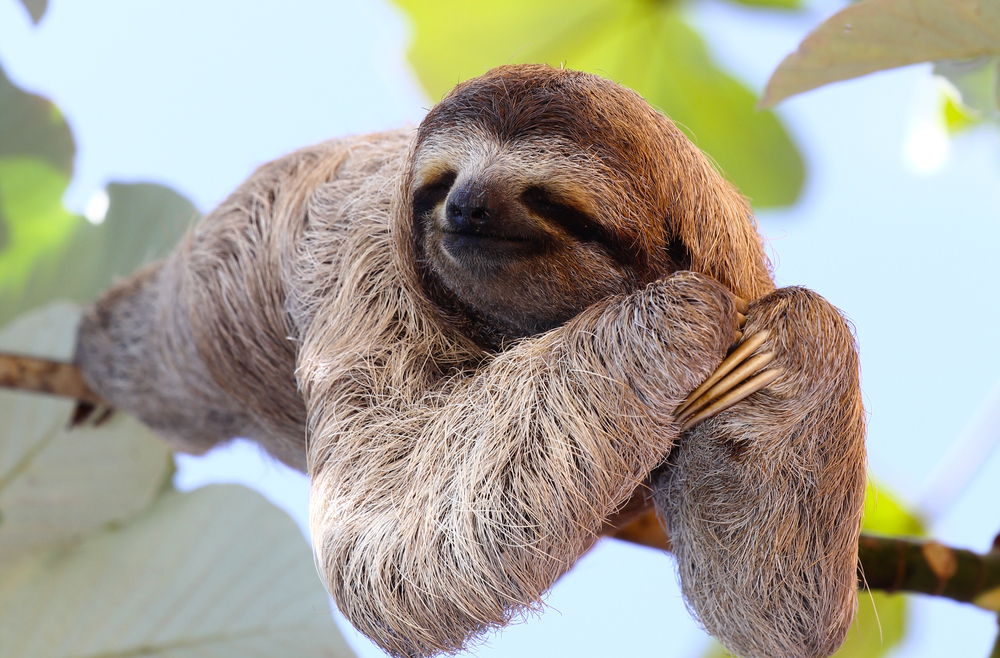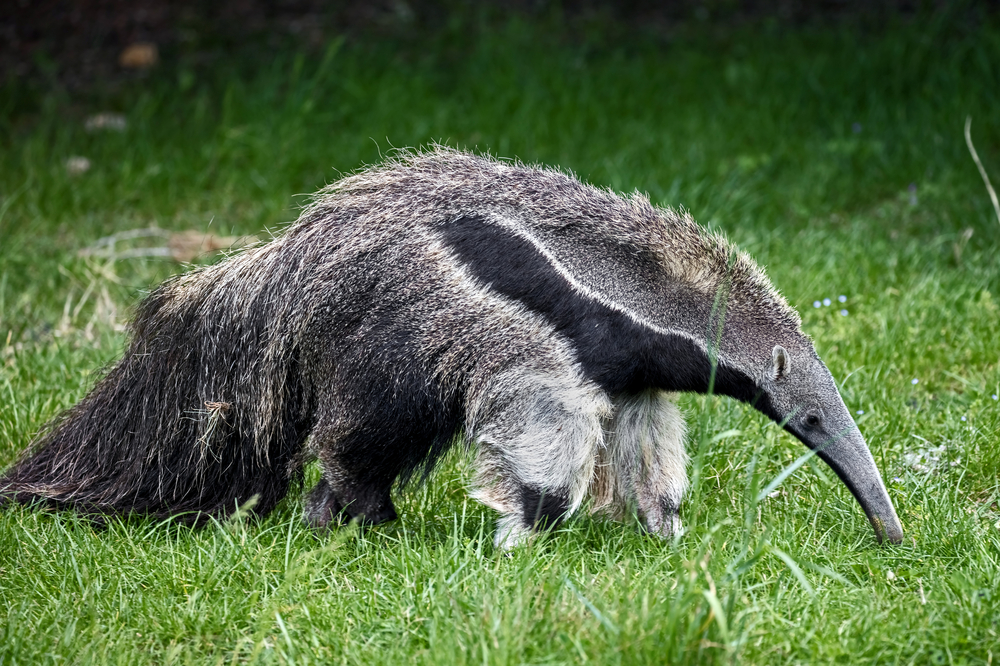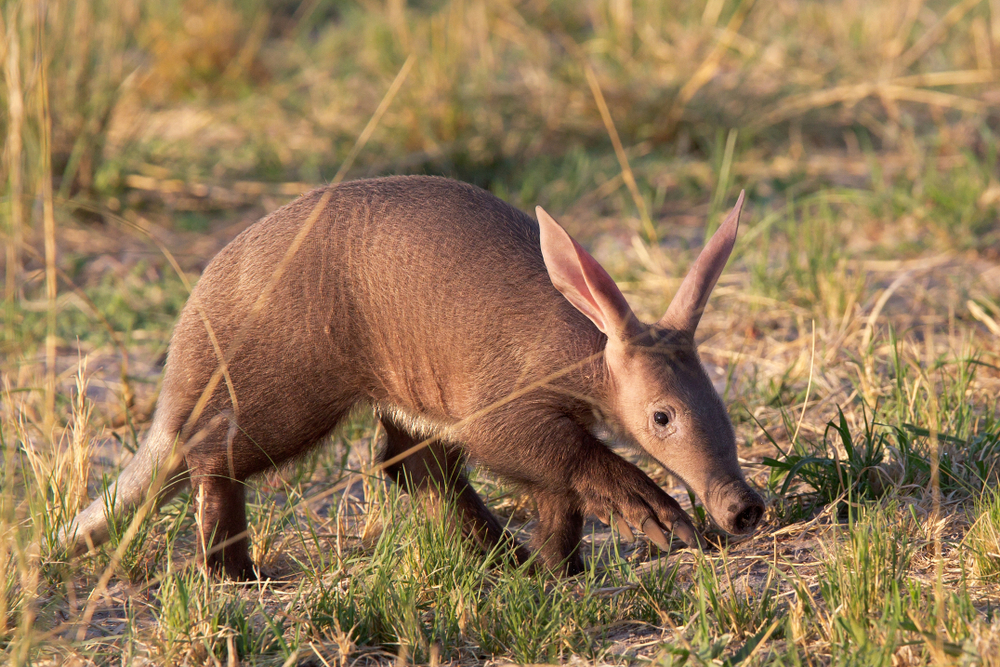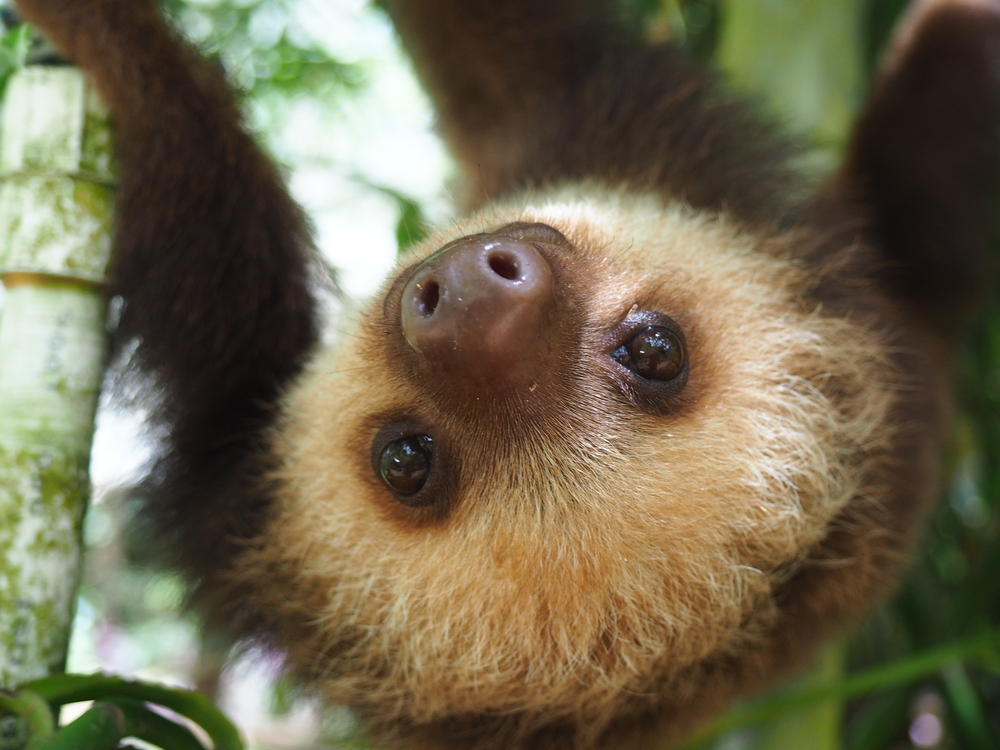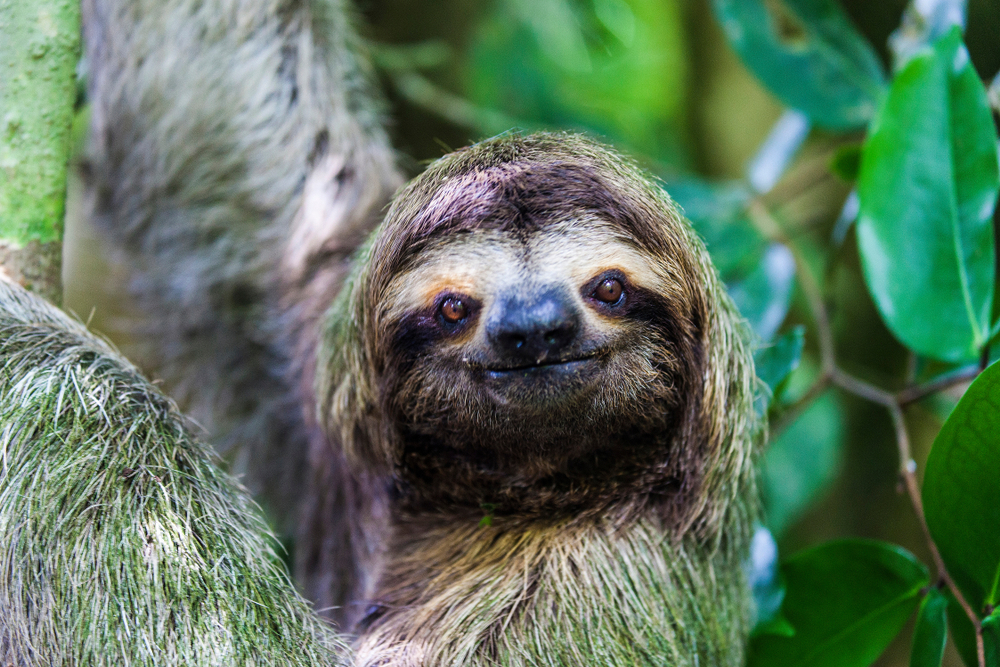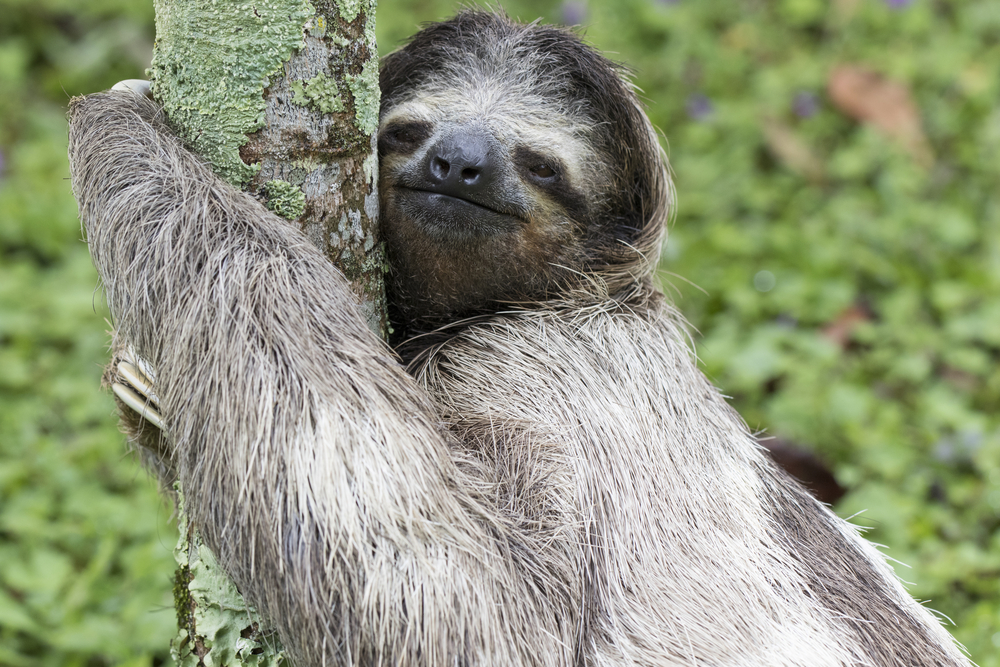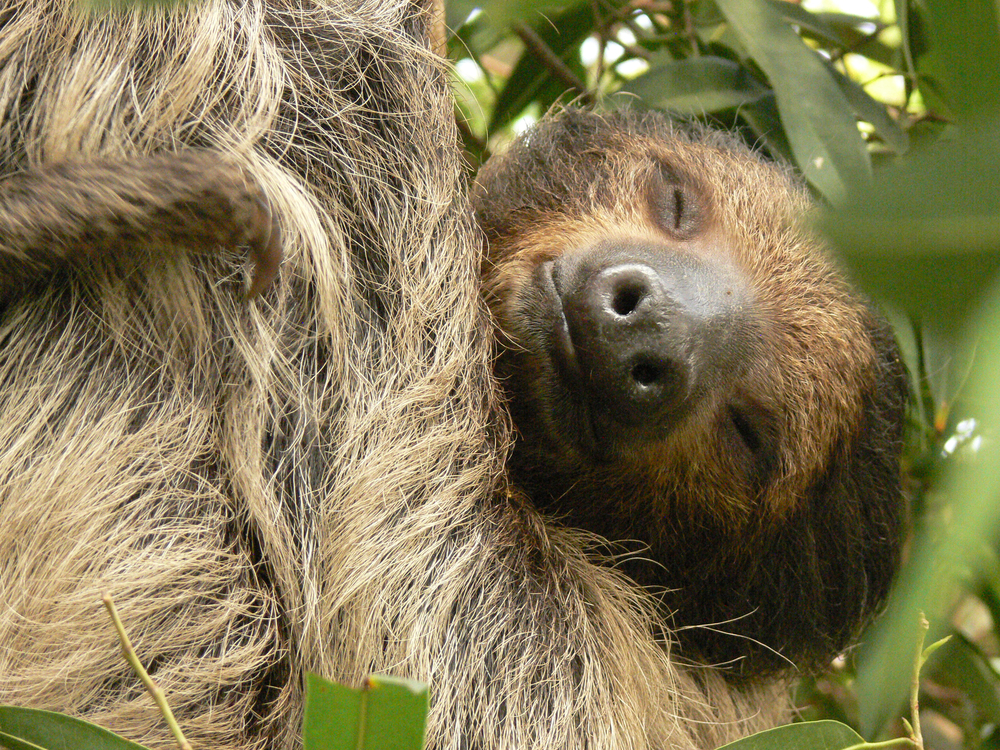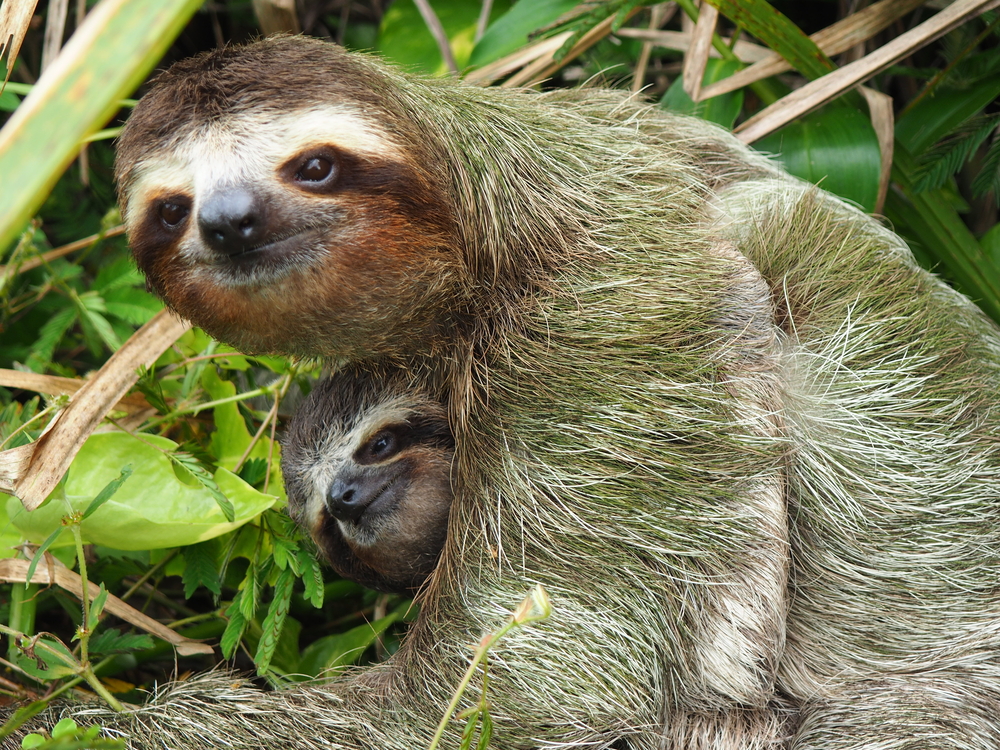The animal most similar to the sloth in terms of lifestyle and ecological niche is the tree pangolin. While sloths are native to the Americas and pangolins to Africa and Asia, they share some noteworthy similarities:
- Arboreal Lifestyle: Both sloths and tree pangolins spend a significant amount of time in trees. Their bodies are adapted to an arboreal existence, with sloths having long, curved claws for hanging from branches and tree pangolins possessing prehensile tails and claws for climbing.
- Slow Movement: Sloths are known for their slow movement, a trait shared by tree pangolins. This slow pace is a defense mechanism against predators, relying on camouflage rather than speed or agility.
- Specialized Diet: Both have specialized diets. Sloths primarily eat leaves, while tree pangolins consume ants and termites. Both animals have adapted unique methods to consume and digest these specific foods.
- Threats: Both sloths and pangolins face similar threats, including habitat loss and poaching. Pangolins are among the most trafficked mammals in the world, while sloths are threatened by deforestation in Central and South America.
Despite these similarities, sloths and pangolins are from different branches of the animal kingdom. Sloths are mammals from the order Pilosa, whereas pangolins are mammals from the order Pholidota. Their resemblances are examples of convergent evolution, where unrelated species develop similar traits independently due to comparable environmental pressures and lifestyles.































































